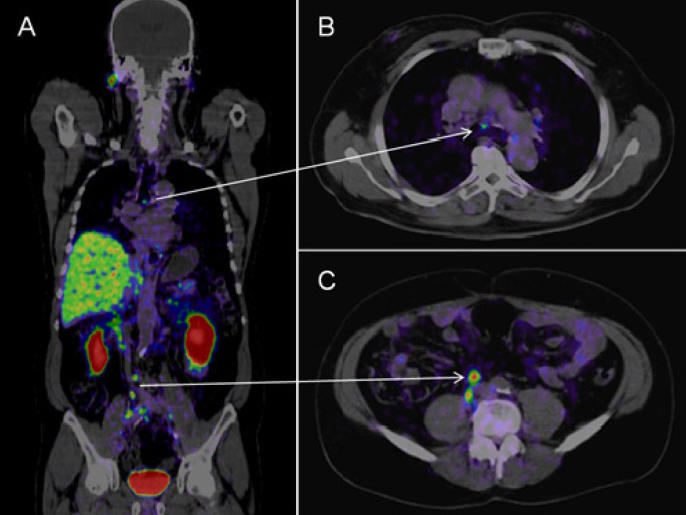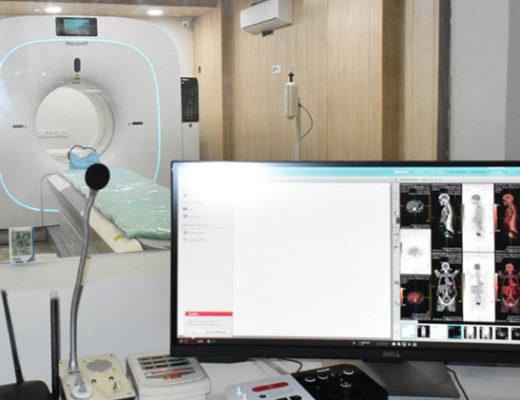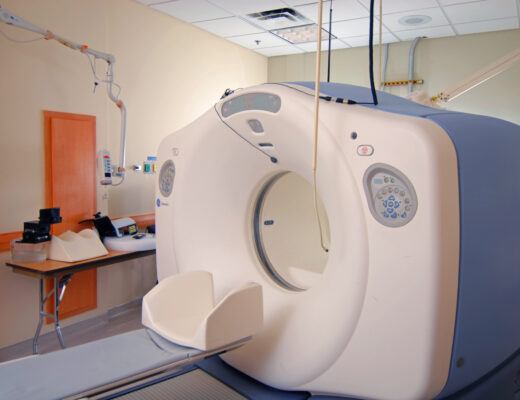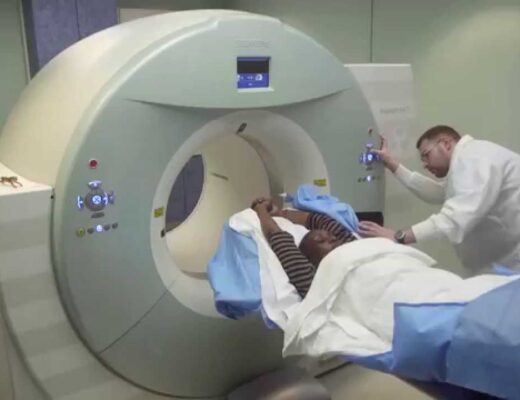Understanding everything you need to know about PET scans
An imaging test called a positron emission tomography (PET) scan creates pictures of your organs and tissues in action. The test makes use of a PET scanner and a radioactive substance that is safe to inject called a radiotracer.
When sick cells absorb a lot of the radiotracer, the scanner picks this up as a possible health issue. PET scans are commonly used by medical professionals to evaluate cancer treatments and aid in cancer diagnosis. The scan can be used to evaluate certain heart and brain conditions.
What distinguishes a PET scan from a CT scan and an MRI?
X-rays are used in computed tomography (CT) examinations. Magnets and radio waves are used in magnetic resonance imaging (MRI) examinations. Both generate static photos of bodily parts and organs.
A radioactive tracer is used in PET scans to demonstrate how an organ is operating in real time. Compared to CT and MRI scans, PET scan pictures can identify cellular changes in organs and tissues early. Your doctor could conduct a PET scan and a CT scan simultaneously (PET-CT). The 3D pictures generated by this combined test provide more precise diagnosis.
What is checked during a PET scan?
Your doctor could suggest a PET scan to look for indicators of:
- Breast cancer, lung cancer, and thyroid cancer are all examples of cancer.
- heart attack, coronary artery disease, or other cardiac issues.
- brain illnesses such Alzheimer’s disease, epilepsy, dementia, and brain tumours.
How do PET scans function?
One example of nuclear medicine imaging is a PET scan. Nuclear medicine administers radiotracers—small, secure doses of radioactive material—through an IV.
PET scans concentrate on internal bodily processes and molecular activity as opposed to other imaging modalities. They may be able to detect illness in its early stages as a result.
How should I get ready for my PET scan?
Being an outpatient treatment, PET scans allow you to return home the same day. You will get comprehensive instructions from your healthcare practitioner on how to get ready for the scan. Generally, you ought to:
As well as a current list of all the drugs, vitamins, and supplements you use, make sure your healthcare practitioner is aware of all of your allergies.
If you’re nursing or suspect you could be pregnant, tell your healthcare practitioner right away (chestfeeding).
a six-hour fast is recommended before the exam. If you have diabetes, your doctor could decide to adjust this.
Compared to healthy cells in your body, sick cells absorb more radiotracer. We refer to these as “hot spots.” The PET scanner detects this radiation and generates images of the damaged tissue. A PET/CT scan combines images from a PET scan with X-ray images from a CT scan.
How do I prepare for a PET scan?
Being an outpatient treatment, PET scans allow you to return home the same day. You will get comprehensive instructions from your healthcare practitioner on how to get ready for the scan. Generally, you ought to:
As well as a current list of all the drugs, vitamins, and supplements you use, make sure your healthcare practitioner is aware of all of your allergies.
If you’re nursing or suspect you could be pregnant, tell your healthcare practitioner right away (chestfeeding).
a six-hour fast is recommended before the exam. If you have diabetes, your doctor could decide to adjust this.
Just sip water.
If your heart health is being evaluated, refrain from coffee for 24 hours before to the test.
Leave metal items, such as jewellery, eyeglasses, dentures, and hairpins, at home and dress comfortably.
What should I expect during a PET scan?
You can expect the following during a PET scan:
- An IV injection of a radiotracer with a safe dose of a radioactive substance will be given to you. Fluorodeoxyglucose is the radiotracer that is most often utilised (FDG).
- The radiotracer will flow through your circulation and be absorbed by your organs and tissues while you spend roughly an hour sitting in a chair. If there is too much activity, the radiotracer may go to parts of your body that are not being examined by your doctor. The radiotracer won’t feel like anything to you.
- An IV injection of a contrast agent may also be administered if you are having a PET/CT scan. The use of this dye results in clearer CT pictures.
- On an exam table that glides into and out of the PET/CT scanner, you will be lying down. This scanner has a doughnut-like form. The doughnut-shaped or tunnel entrance has a diameter of roughly 30 inches.
- You must stay still throughout the scan, which typically lasts 30 minutes. Images may get hazy when moving.
- The scanner will make clicking and buzzing noises as it takes images.
- Before you depart, a technician will check the scans to make sure the images are sharp.
How long does a PET scan take?
A PET scan takes roughly two hours to complete.
Your body may take up to 60 minutes to absorb the administered radiotracer. You must remain still and sit silently throughout this time. The PET scan itself lasts for roughly 30 minutes. You will have to wait while the technician checks the scans to make sure the photos are clear after the test.
Conclusion
PET scans are generally risk-free and seldom problematic. The radioactive tracer has relatively little radiation. It doesn’t linger for very long in your body. After a PET scan, you should drink a lot of water to assist your body rid itself of the radioactive substance.
Risks from PET scans typically only arise in the following circumstances:
PET scans shouldn’t be administered to women who are expecting, nursing, or chest-feeding. Radiation can travel via breast milk to a newborn and can damage a developing foetus.
Some people respond allergic to the radioactive tracers used in PET scans or the contrast dyes used in CT scans. The majority of these allergy responses are minor and quite infrequent.
Also See:




